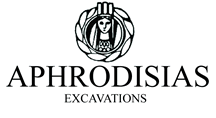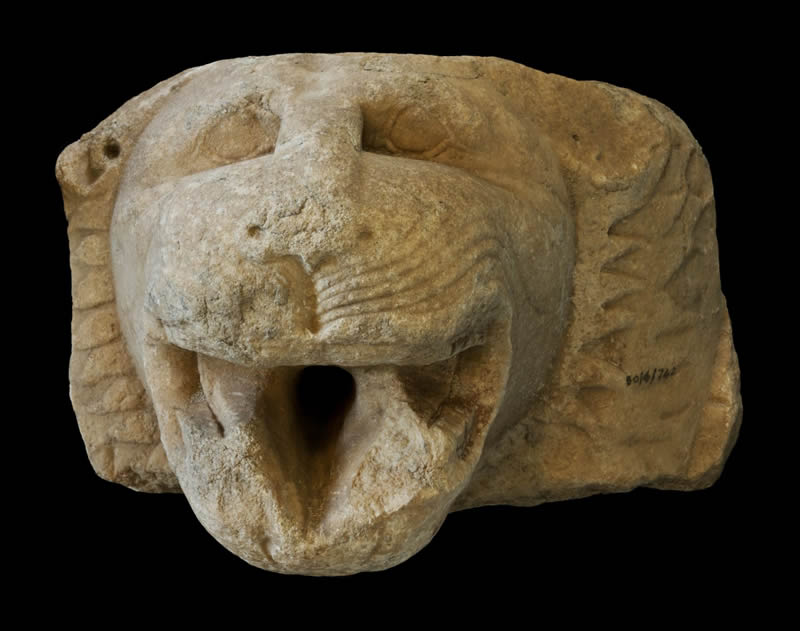History
Pre-History
The site has a long prehistory. The earliest intensive occupation dates to the Late Chalcolithic and early Bronze Ages (mid-fifth to third millennium BC). In this period, a small agricultural settlement was established on two low mounds (the Pekmez hill and the Theatre hill). These mounds were then continually occupied until the modern period. Excavations carried out here in the late 1960s and early 1970s found a sequence of occupation levels and remains of small mudbrick houses and burials in large jars (pithoi). The Early Bronze Age pottery (third millennium BC) is especially important: it fills a significant gap in our knowledge of southwest Anatolia in this period, and attests to contact both with the Aegean coast and with sites further to the east, such as Beycesultan. Other finds of interest include a number of marble goddess-figurines, made from the same local stone that would supply the Aphrodisian sculpture workshops in later periods.
From the end of the Bronze Age (c. 1200 BC) until the founding of the city (early second century BC), pottery finds show that a small settlement continued to exist at the site, centred on the Theatre hill. Abundant archaic Lydian and Carian pottery of the later seventh and sixth centuries was found here. The earliest archaeological evidence in the sanctuary of Aphrodite (or whatever the local goddess of the site was called before she became known as Aphrodite, in the later Hellenistic period) also dates to the sixth century BC. Fragments of large marble lions, seated terracotta goddess figurines, and fine imported pottery are probably from votive offerings. Interaction with Lydia is attested by two inscriptions of the fourth century BC in the Lydian language and perhaps by prominent burial tumuli in the environs. The earliest architectural remains in the sanctuary of Aphrodite, under the temple, are later, of the third century BC.






